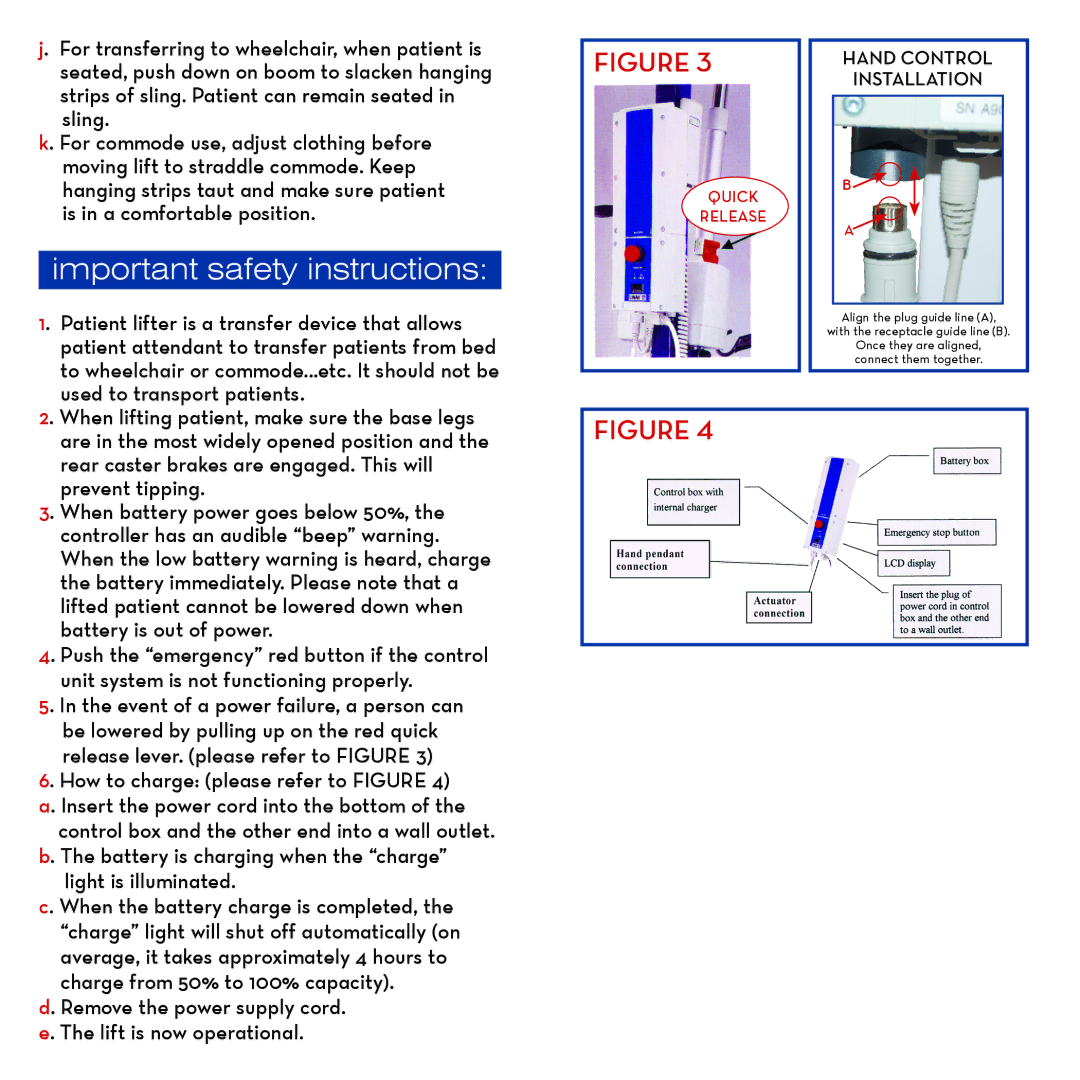13240 specifications
Drive Medical Design 13240 is a highly regarded product in the realm of mobility aids, specifically designed to enhance the level of convenience and comfort for users with limited mobility. This medically engineered transport chair exemplifies the blend of innovation and practicality, making it an ideal choice for those seeking independence and ease in their daily activities.One of the defining characteristics of the Design 13240 is its lightweight construction. Weighing significantly less than traditional wheelchairs, this transport chair allows caregivers to easily maneuver, lift, and transport the user. The chair is constructed from durable aluminum, providing strength without compromising portability. This makes it particularly suitable for both indoor and outdoor use, enhancing mobility in various settings.
The Design 13240 is equipped with 8-inch front castor wheels and 12-inch rear wheels. These wheels are designed to provide smooth movement over different terrains, ensuring a stable ride for the user. The wheels also come with integrated footrests that are foldable, allowing for easy access and convenience during transportation. Furthermore, the chair's lightweight design does not hinder its stability; it remains sturdy and reliable even when navigating uneven surfaces.
Another standout feature of the Drive Medical Design 13240 is its comfortable seating. The chair is outfitted with a padded seat and backrest, which provides optimal support for longer durations. This is especially important for individuals who may have to sit for extended periods. The upholstery is not only comfortable but also easy to clean, making maintenance hassle-free for caretakers.
Additionally, safety is a primary focus in the Design 13240. It comes with secure handgrips and a dependable braking system, ensuring that the chair remains stationary when needed. The brakes are intuitive to use, allowing caregivers or users to confidently stop the chair even on slight inclines.
In summary, the Drive Medical Design 13240 transport chair stands out due to its lightweight yet strong construction, user-friendly features, and comfort-oriented design. It embodies the essential qualities that assistive devices should have, promoting independence for users while providing peace of mind to caregivers. Whether it is used for short outings or longer excursions, this transport chair remains an invaluable tool in the pursuit of mobility and autonomy for individuals with mobility challenges.

